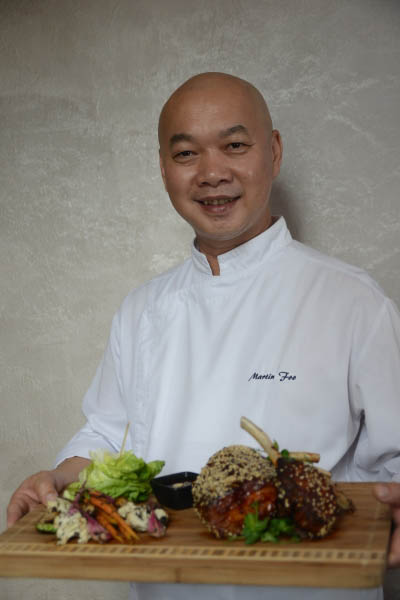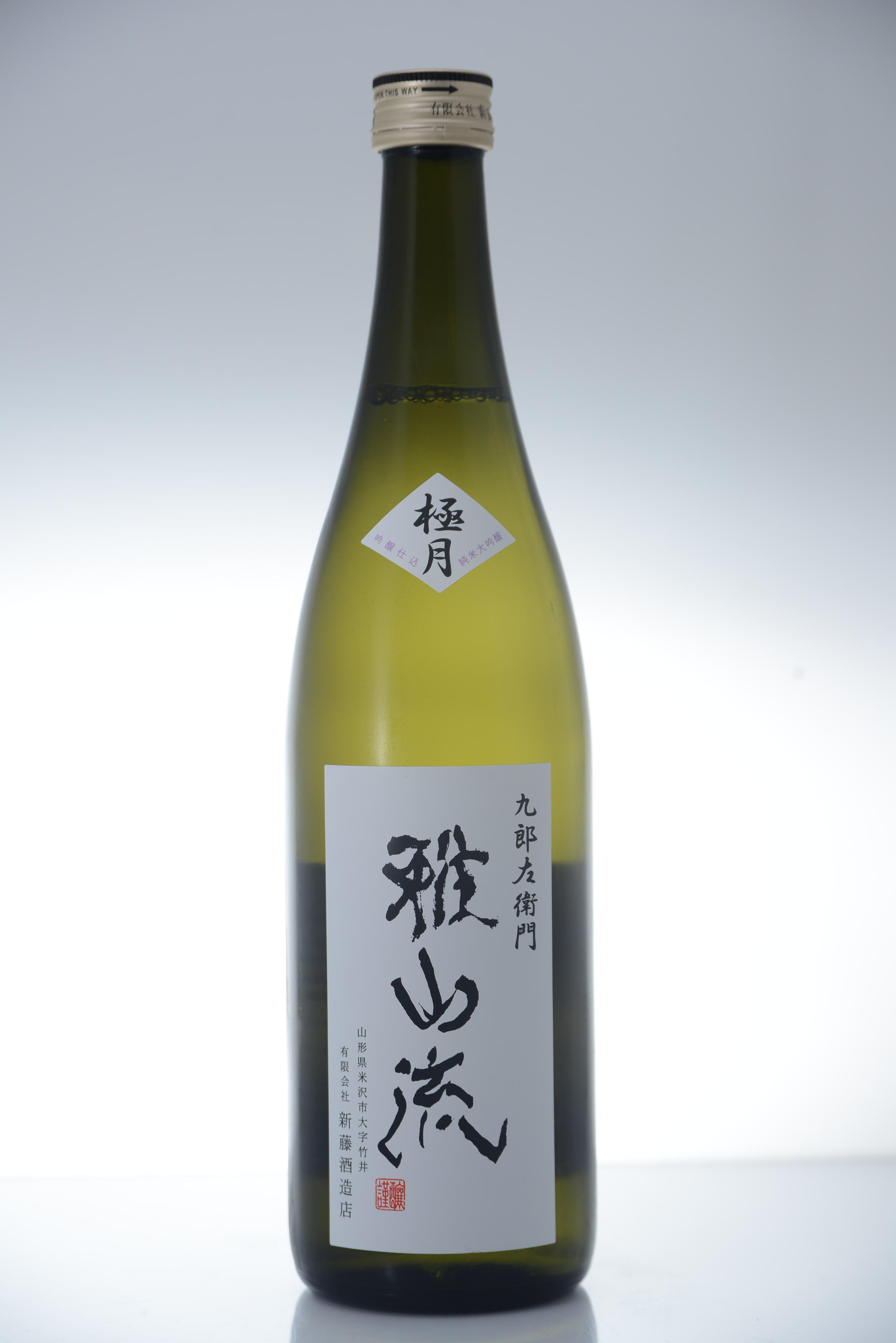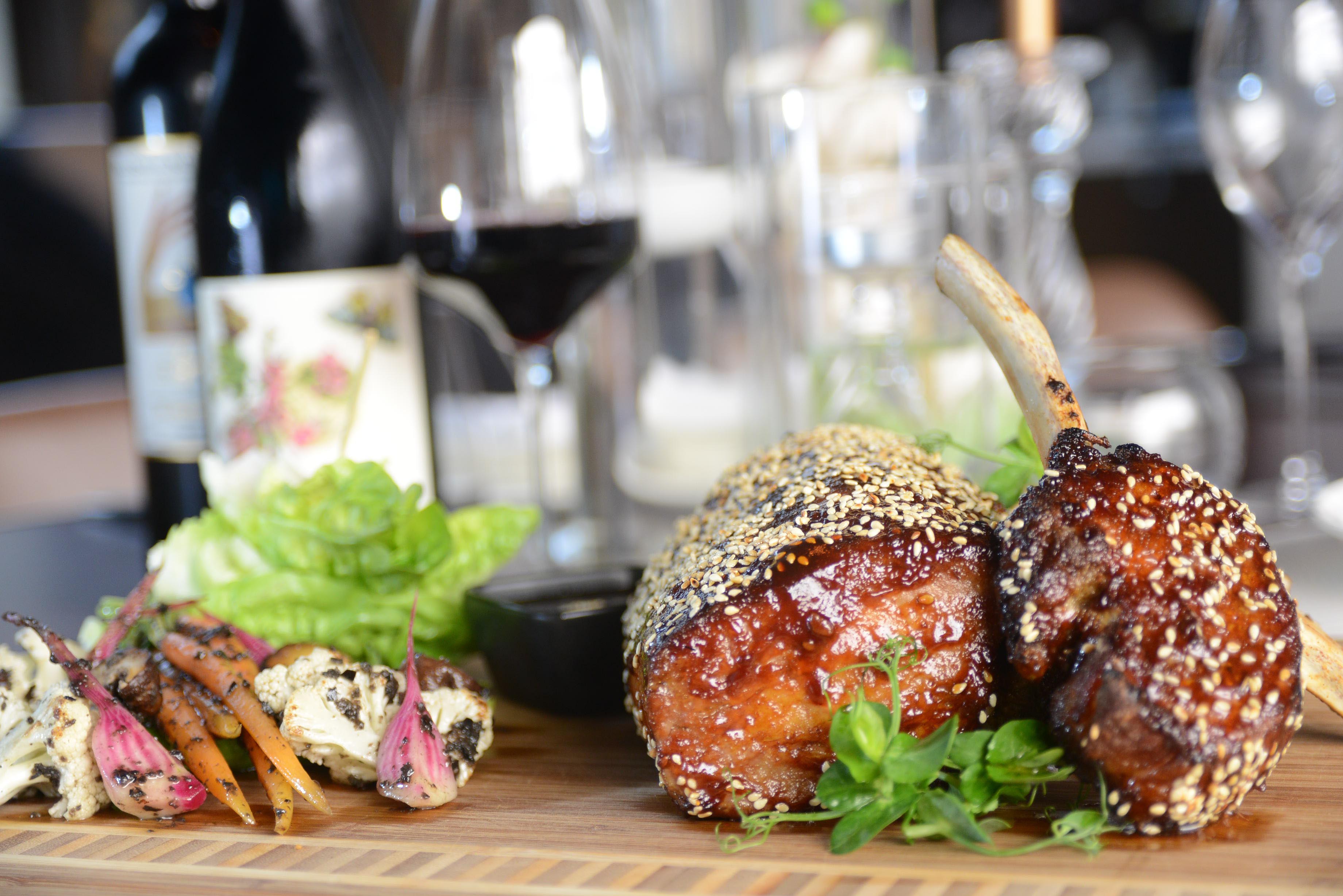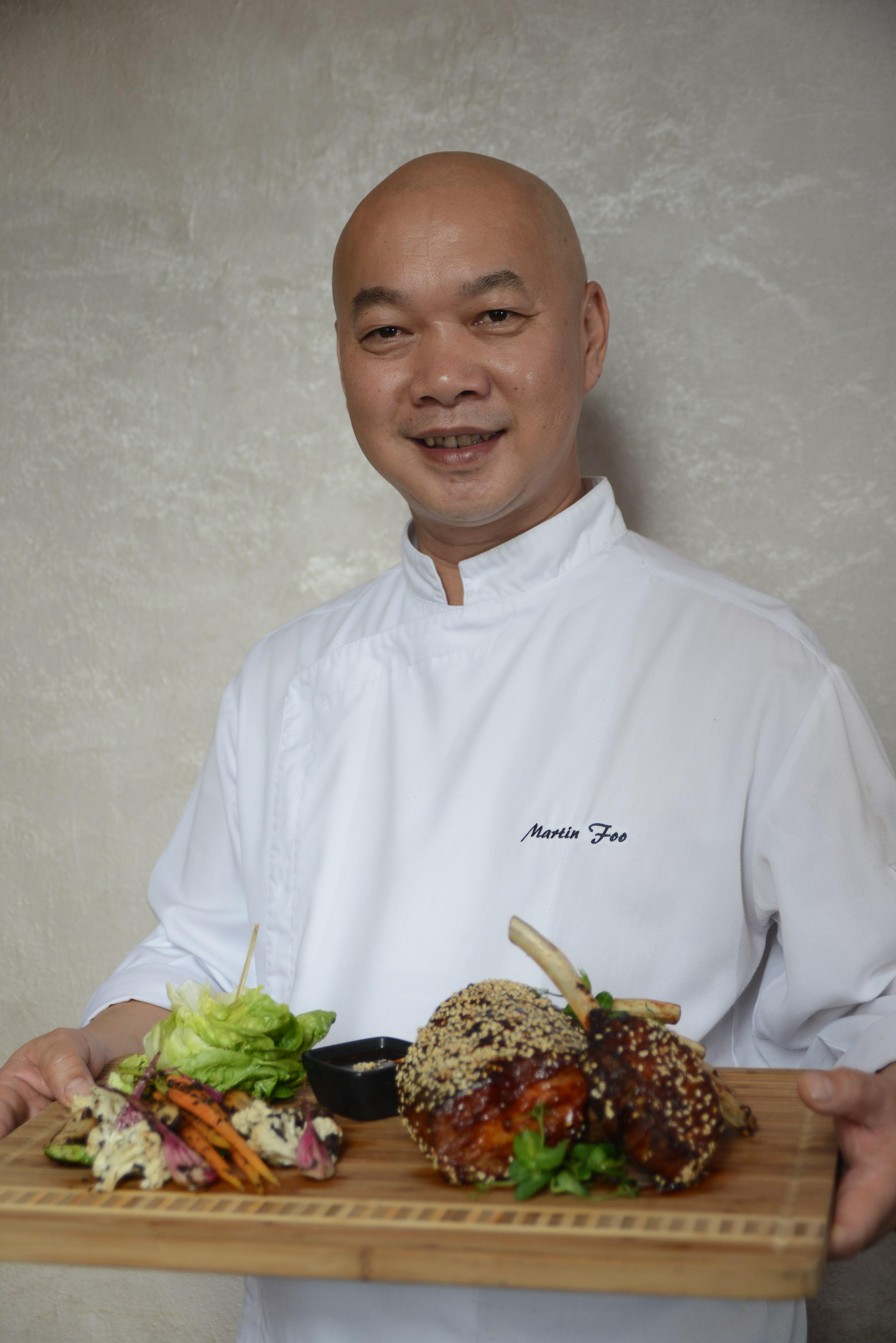Festive Eats At VLV
by Darinee Durai
@ 22 Dec 2017

For SGD$118++ per pax(minimum 2), head down to VLV at Clarke Quay to have yourself a delicious Christmas meal that is available till 31st December!
Executive Chef Martin Foo and his team have prepared a menu that has the following mouth-watering items:
- Chilled Abalone with Kombu
- Black Truffle Cave Bird's Nest with Crab Meat in Chicken Veloute
- Baked Freshwater Scampi in Champagne White Sauce
- Roselle Plum Sorbet
- Wok-fried Diced Beef Tenderloin in Garlic Spicy Miso Sauce
- Poached Coral Trout with Grilled Shiitake Mushrooms and Himi Udon in Clear Fish Broth
- Yuzu Berries Cheesecake

And specially for family and friends, sink your teeth into robust, flavourful Iberico pork ribs. Marinated in a hoisin-miso sauce, the ribs are tender due to being cooked sous vide. Each rib costs SGD$24 and a minimum of 2 ribs need to be ordered. Each serving comes with sauteed vegetables and olive pate. VLV also has an experienced sommelier, Vincent, who will be able to share with you the background of the drinks in their extensive beverage menu. He will look at dishes you've ordered and recommned the best possible pairing to elevate your dining experience.
For the festive issue, Chef Martin answers our questions:
 Traditional Year-End Festive Meals
DD: What are the traditional year-end dishes served in your region?
MF: I was born and raised in Singapore, however my parents were immigrants from Hainan, so food was always a big part of our family celebrations. Growing up in Singapore, we had year-end dishes from many different cultures, from Western cakes to Asian curries. One of my fondest memories is of the Salt-baked chicken my mother used to make for the family around Christmas, that was the treat we looked forward to the most.
DD: How were these dishes invented? Any history?
MF:Cooking in a salt crust is a traditional Southern Chinese cooking style, the whole chicken is first seasoned and wrapped in parchment paper before being baked in a coarse salt crust. The resulting dish is moist and flavourful as all the flavour is retained by the cooking style. This cooking style originated from the salt merchants in China and they used to bake the salt covered chickens in the ground!
DD: What are the must-haves dishes for most households?
MF: Growing up in post-colonial Singapore, the British influence is quite strong for festive periods. It was quite popular to have ham and roast meats alongside local favourites like Chicken Curry and Satay during festive family meals. Also hotpot or steamboat, for Asians with large families, this was a great way for everyone to come together with everyone cooking their own meals.
DD: Are these traditional dishes still made at home today or can they be bought?
MF: Most hotels today still sell festive roasts and ham sets during the festive season. For local favourites most households have their own recipes or their own favourite stalls to buy from.
Traditional Year-End Festive Meals
DD: What are the traditional year-end dishes served in your region?
MF: I was born and raised in Singapore, however my parents were immigrants from Hainan, so food was always a big part of our family celebrations. Growing up in Singapore, we had year-end dishes from many different cultures, from Western cakes to Asian curries. One of my fondest memories is of the Salt-baked chicken my mother used to make for the family around Christmas, that was the treat we looked forward to the most.
DD: How were these dishes invented? Any history?
MF:Cooking in a salt crust is a traditional Southern Chinese cooking style, the whole chicken is first seasoned and wrapped in parchment paper before being baked in a coarse salt crust. The resulting dish is moist and flavourful as all the flavour is retained by the cooking style. This cooking style originated from the salt merchants in China and they used to bake the salt covered chickens in the ground!
DD: What are the must-haves dishes for most households?
MF: Growing up in post-colonial Singapore, the British influence is quite strong for festive periods. It was quite popular to have ham and roast meats alongside local favourites like Chicken Curry and Satay during festive family meals. Also hotpot or steamboat, for Asians with large families, this was a great way for everyone to come together with everyone cooking their own meals.
DD: Are these traditional dishes still made at home today or can they be bought?
MF: Most hotels today still sell festive roasts and ham sets during the festive season. For local favourites most households have their own recipes or their own favourite stalls to buy from.

Image: One of the Chinese wines available at VLV
DD: Do restaurants take it upon themselves to prepare the said dishes the same old ways or have modern techniques taken over for ease?
MF: For me, I enjoy rethinking traditional dishes. These dishes have a long history and have deep roots with our culture, however we cannot be cooking them the same way the dish was cooked perhaps 200 years ago. Part of reimagining the dish is to make it relevant to the younger diners today and also to make our traditional dishes more accessible to guests from different cultures.
DD: What (if any) are the drawbacks of not employing the traditional cooking methods for the traditional dishes?
MF:I try to employ modern techniques to elevate the dish, and try to stay true to the authentic flavour and ingredients.
DD:What is the most arduous year-end festive dish to prepare in your region?
MF:Roasts meats usually take the most time. For the salt-baked chicken as well, baking time is usually more than 2 hours.
DD: Most-loved type of festive drink?
MF: Champagne
Modern Year-End Festive Meals
DD: What festive dishes that aren’t native to your region but are available due to popular influence?
MF: Ham and Roast Turkey.
DD: Are these dishes easier to prepare?
MF: Not really, these are usually purchased from supermarkets or hotels and are only available during the festive season.
 DD: Taking into account the labour involved, what is the best way to enjoy festive meals?
MF: Having steamboat or hotpot with friends and family is fairly common in Singapore during the festive season. As most of the cooking is done during the meal. It is also a fun dining experience.
DD: With the price points going up, how are chefs offering their customers better deals?
MF:Set meals are quite popular these days, it also helps chefs showcase a variety of dishes that would not be available ala carte.
DD: What are the difficulties in sourcing for ingredients during the festive season?
MF:There are a lot of options in Singapore, and we are very fortunate to have good supplier partners.
DD: How does the kitchen team manage the food wastage?
DD: Taking into account the labour involved, what is the best way to enjoy festive meals?
MF: Having steamboat or hotpot with friends and family is fairly common in Singapore during the festive season. As most of the cooking is done during the meal. It is also a fun dining experience.
DD: With the price points going up, how are chefs offering their customers better deals?
MF:Set meals are quite popular these days, it also helps chefs showcase a variety of dishes that would not be available ala carte.
DD: What are the difficulties in sourcing for ingredients during the festive season?
MF:There are a lot of options in Singapore, and we are very fortunate to have good supplier partners.
DD: How does the kitchen team manage the food wastage?
MF: We have dishes on the menu that utilise different cuts and all parts of our meat or seafood, menu planning plays a big part in reducing food wastage.
Are most consumers nowadays seeking out traditional or modern festive meals? Modern
Should restaurants offer/aid with taxi services during the festive season when their customers are inebriated? Yes
Is the turkey a must? No
Which is the busiest for your region: New Year’s Eve

Make your reservations here:
http://www.vlv.life/singapore/
 For SGD$118++ per pax(minimum 2), head down to VLV at Clarke Quay to have yourself a delicious Christmas meal that is available till 31st December!
For SGD$118++ per pax(minimum 2), head down to VLV at Clarke Quay to have yourself a delicious Christmas meal that is available till 31st December!



